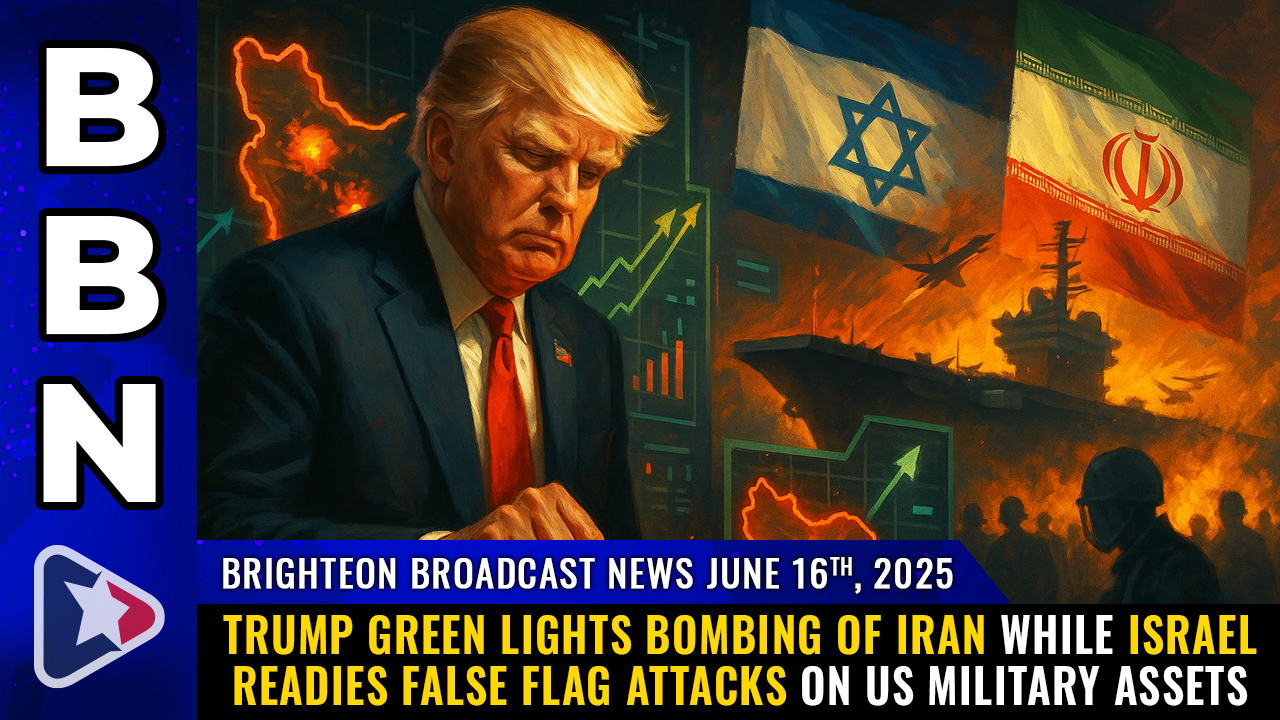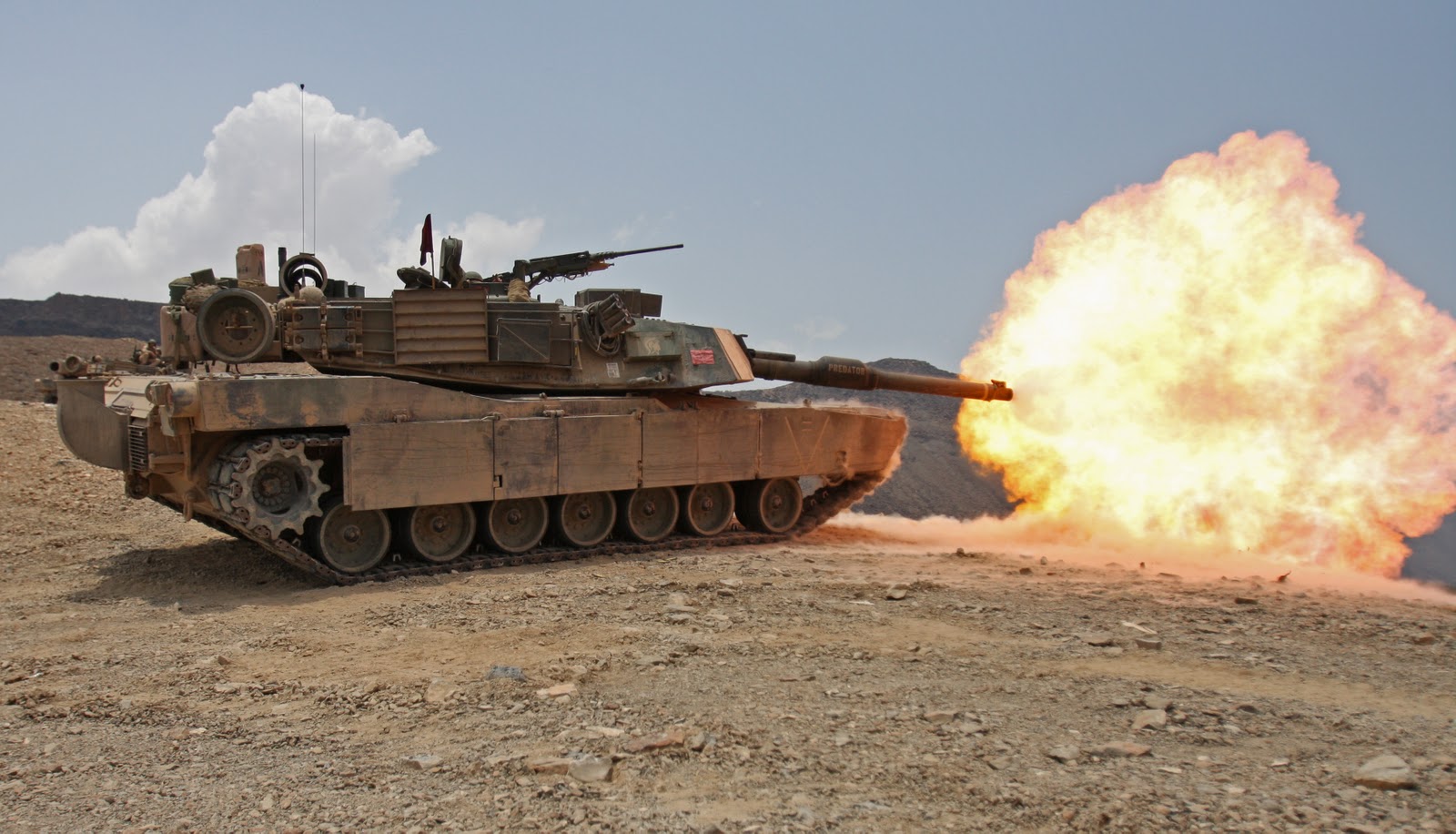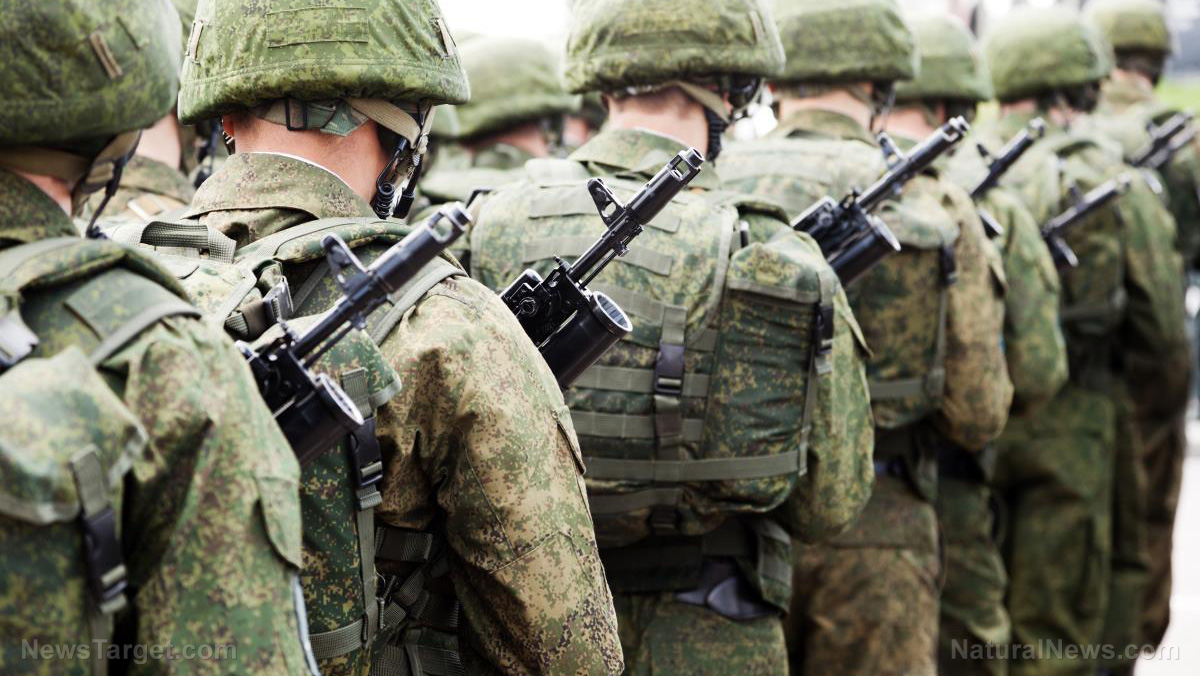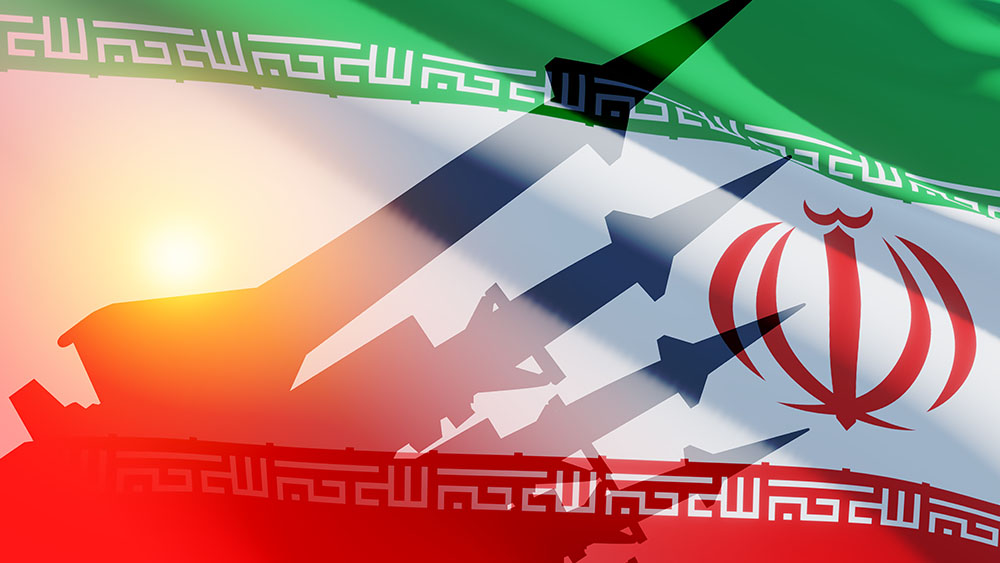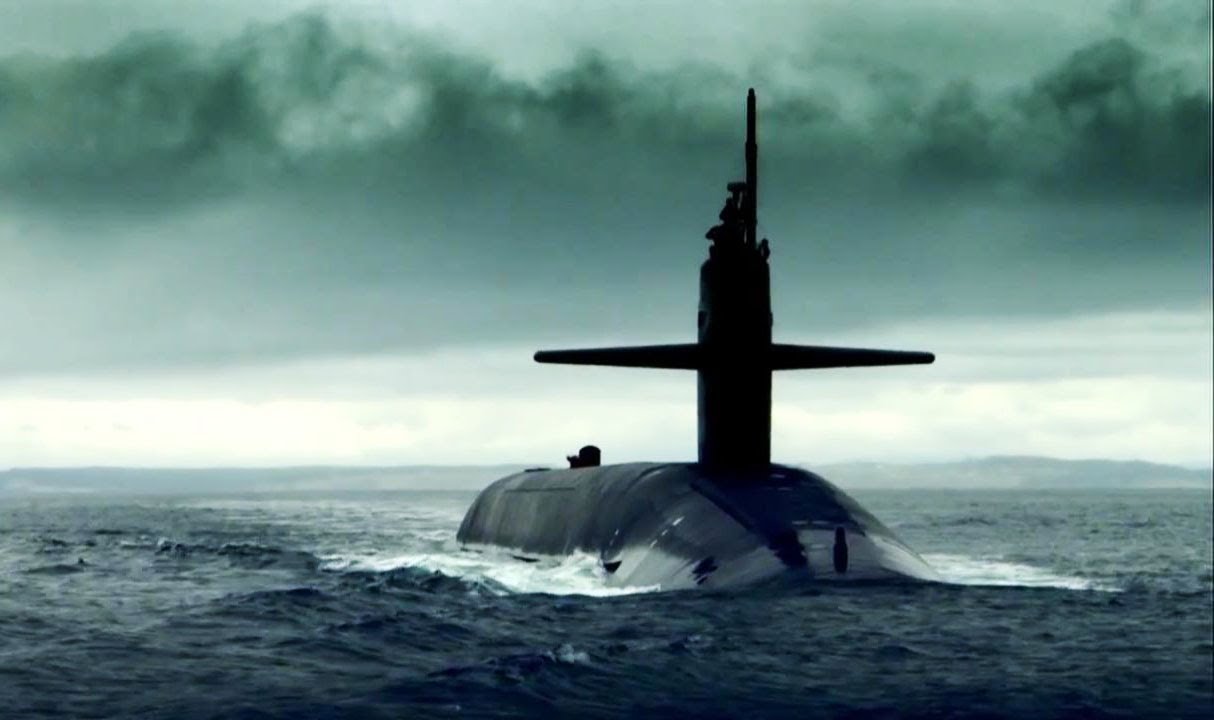White House fears that Iran has the capability to overwhelm Israel’s Iron Dome
06/13/2025 / By Lance D Johnson
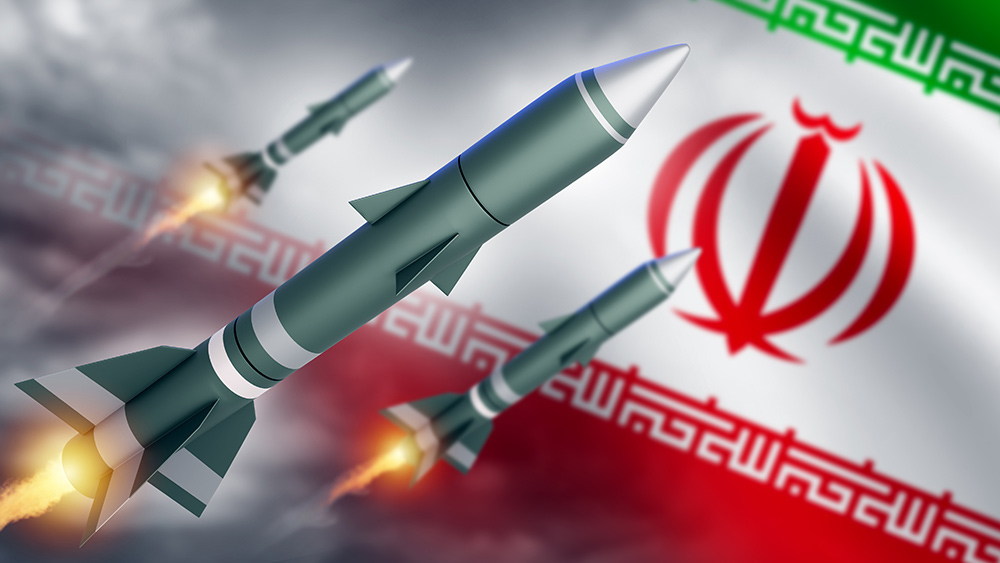
The Middle East stands on the precipice of another catastrophic conflict as tensions between Iran and Israel reach a boiling point. With President Trump warning that an Israeli attack on Iran’s nuclear facilities “could very well happen,” Tehran has responded with defiant rhetoric, claiming readiness for any scenario. Behind the scenes, however, White House officials privately fear that Iran’s retaliation—potentially involving hundreds of ballistic missiles—could overwhelm Israel’s defenses, leading to mass casualties and destabilizing the region further. As U.S. embassies in Iraq, Kuwait, and Bahrain quietly reduce staff, questions swirl. The US is preparing for war in the region and retaliation against its bases. What is Iran capable of now that they’ve been struck by Israel? Will Iran be able to overwhelm Israel’s Iron Dome?
Key points:
- Trump has publicly stated that an Israeli strike on Iran’s nuclear program is imminent, while Iran’s Revolutionary Guard commander insists they are “ready for any scenario.”
- White House envoy Steve Witkoff warned Senate Republicans that Iran’s missile arsenal could devastate Israel, calling it an “existential threat” on par with Tehran’s nuclear ambitions.
- Despite decades of warnings predicting Iran’s nuclear capability, no weapon has materialized, raising questions about the validity of current intelligence.
- Approximately 40,000–50,000 U.S. troops remain stationed across the Middle East, with key bases in Qatar, Bahrain, Kuwait, and the UAE potentially vulnerable in a broader conflict.
- Pentagon officials have yet to confirm large-scale troop repositioning, though some military dependents are being evacuated, signaling heightened concern.
A region on the brink
The current crisis is not merely another flare-up in the long-standing Arab-Israeli conflict—it has evolved into an existential struggle for both Israel and Iran’s regional allies. Israeli Prime Minister Benjamin Netanyahu has framed the situation in stark terms: victory or annihilation. This rhetoric has permeated Israeli security circles, making de-escalation increasingly difficult. Meanwhile, Iran’s Revolutionary Guard has spent years preparing for a potential war, stockpiling tens of thousands of missiles and cultivating proxy forces like Hezbollah, which alone possesses an estimated 150,000 rockets. Unlike Israel, which lacks strategic depth, Iran’s vast geography and dispersed military assets make it a formidable adversary.
Washington’s posture remains ambiguous. While Trump insists Israel will act alone, the presence of nearly 50,000 U.S. troops across the region—many stationed at bases within range of Iranian missiles—means America cannot remain detached. Pentagon officials have yet to order large-scale troop movements, but the evacuation of military dependents suggests preparations for worst-case scenarios. The risk of unintended escalation is high: a single miscalculation could trigger a regional war, endangering U.S. personnel and critical infrastructure, from oil facilities in Saudi Arabia to naval bases in Bahrain.
A history of misjudgment
The urgency of the moment is compounded by decades of flawed intelligence. Since the 1990s, analysts have repeatedly overstated Iran’s nuclear timeline, eroding credibility. Since the early 1990s, intelligence assessments and political leaders have repeatedly warned that Iran was just years—or even months—away from obtaining nuclear weapons. Yet, three decades later, no bomb has been confirmed. The timeline reveals a pattern of alarmist predictions, with deadlines constantly pushed forward.
In 1992, experts claimed Iran was 3–5 years away; by 2025, some now argue Tehran is mere days from enriching uranium for a bomb. The 2015 JCPOA temporarily curtailed Iran’s program, but its collapse under Trump has reignited tensions.
While much attention focuses on Iran’s nuclear ambitions, its ballistic missile program poses an immediate and lethal danger. Tehran recently unveiled a new missile capable of carrying a 4,000-pound warhead—enough to inflict catastrophic damage.
Right now, diplomatic off-ramps are narrowing. After Israel’s strikes, Iran’s response could be more severe than previously calculated, potentially overwhelming Israel’s Iron Dome and drawing in U.S. forces. Alternatively, if Washington hesitates, it risks emboldening Tehran while alienating Israel. One reality is undeniable: the Middle East is hurtling toward a conflict that could redefine the region—and global security—for decades to come.
Sources include:
Submit a correction >>
Tagged Under:
air defenses, ballistic missiles, embassy evacuation, Foreign policy, geopolitics, intelligence, Iran, Israel, JCPOA, Middle East conflict, military bases, nuclear deal, Pentagon, Revolutionary Guard, Steve Witkoff, Trump administration, uranium enrichment, US troops, War, White House
This article may contain statements that reflect the opinion of the author
RECENT NEWS & ARTICLES
COPYRIGHT © 2017 WHITE HOUSE NEWS

